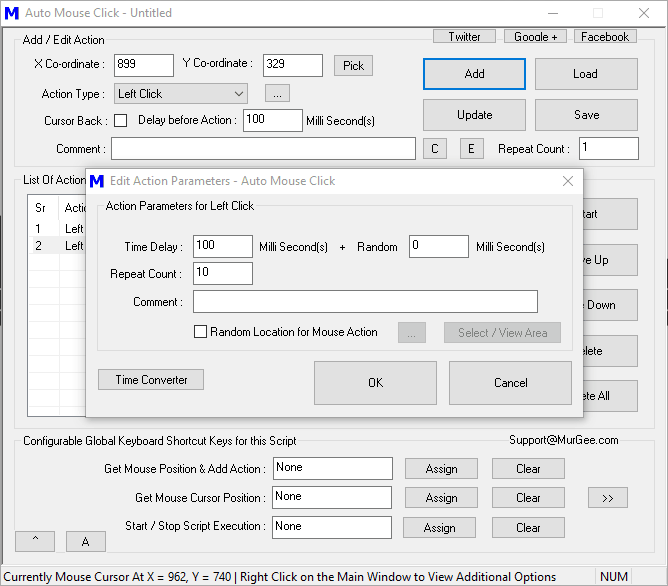

To solve this, I used a rotating desk fan I had lying around, zip-tied a clothes hanger to the fan & then taped the hook part of the clothes hanger to the top of the mouse. I had a few times where I would get so distracted watching the videos that I forgot to move the mouse. When I was in training we would have to watch hours of videos, but we needed to move our mouse every 3 minutes or we wouldn't get paid for the time in between moving the mouse & going idle. I had a situation like this when the pandemic first started, you can try these "hacks" at your own discretion & needless to say I'm not responsible for anything that comes as a result of anyone using these hacks. In my experience, I've only noticed this with some terminal emulators.ĮDIT: Just don't forget to kill the script at clock-out time, so you're not "online" straight through the night, into the following workday.

Still, there are apps that, if they have focus at the time of the key press event, will interpret the "F16", sometimes in undesirable ways.

The script can run while you're typing into some other program, like MS Word or email, and you wouldn't even notice it. 99.99% chance it's not even on your keyboard. "F16" is chosen because almost no modern software accepts it as input. The script will send an "F16" key press event, every 55 seconds, which is enough to keep your screen active. To stop it, terminate the wscript.exe process via Task Manager. Set WshShell - WScript.CreateObject("WScript.Shell")ĭouble click to run. Using notepad.exe, or the TXT file editor of your choice, save the following as a VBS file (.vbs extension). I got tired of my screen going inactive and requiring me to log back in, because I'd be watching the presentation and not moving my mouse or clicking any keys. In my case it was training classes, conducted over Webex. Windows PC? Here's a solution I came up with for web meetings that last all day.


 0 kommentar(er)
0 kommentar(er)
